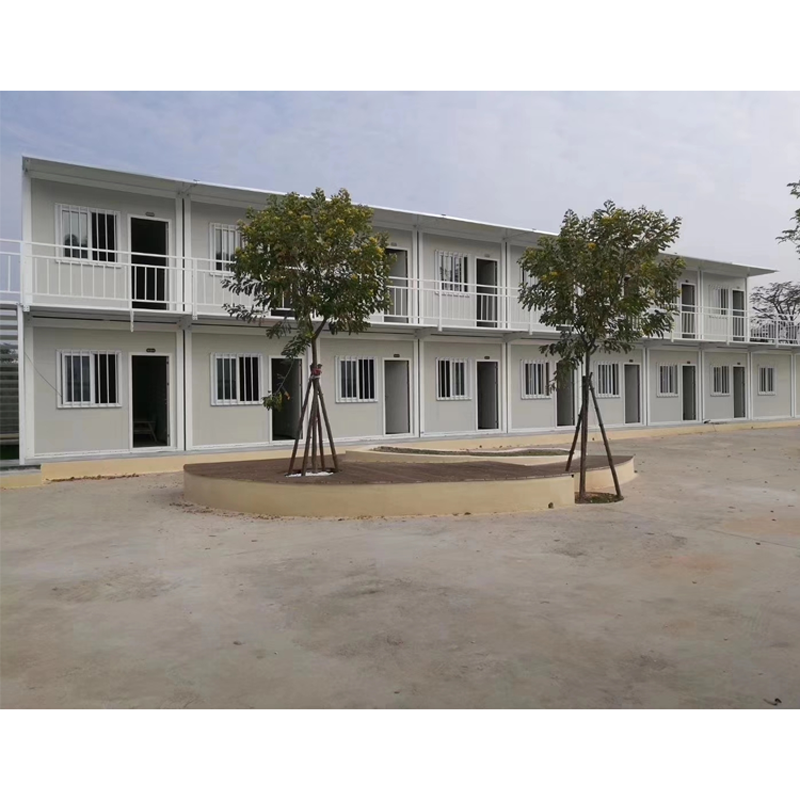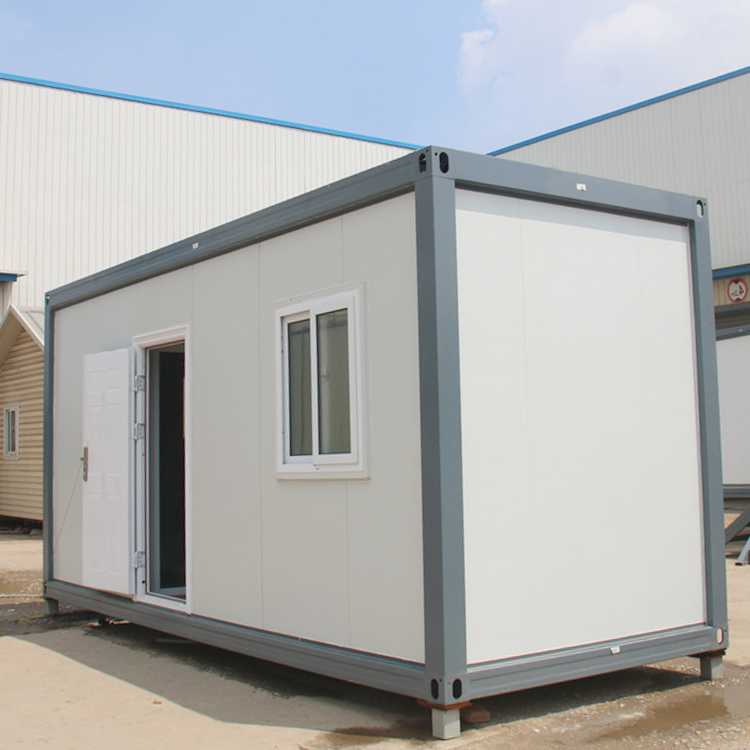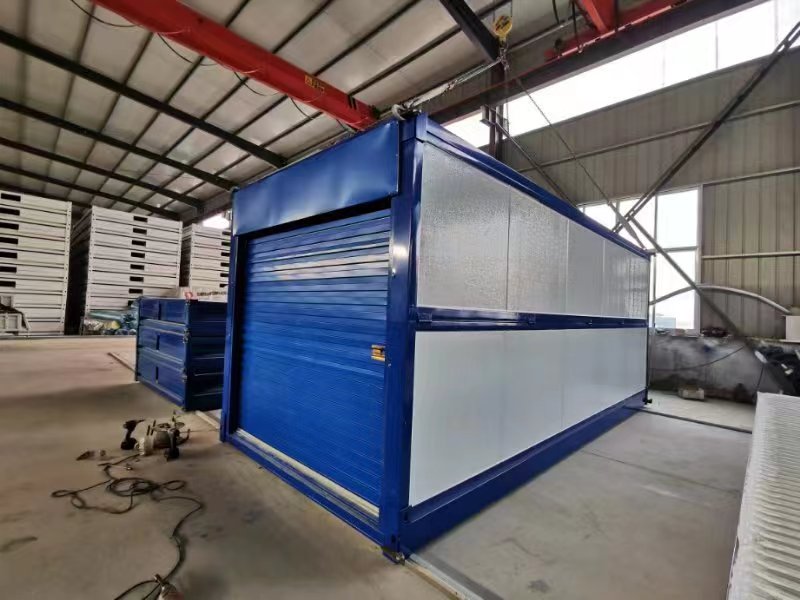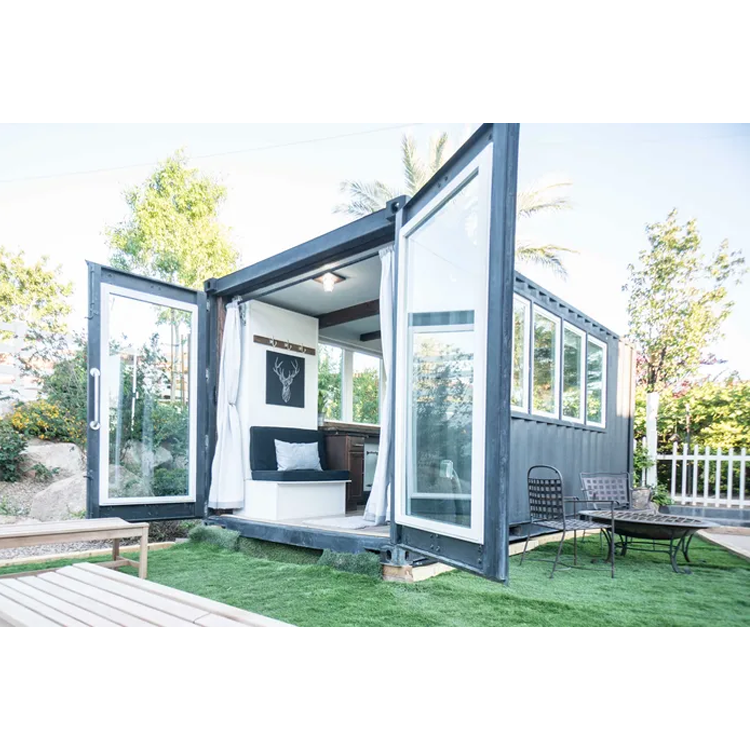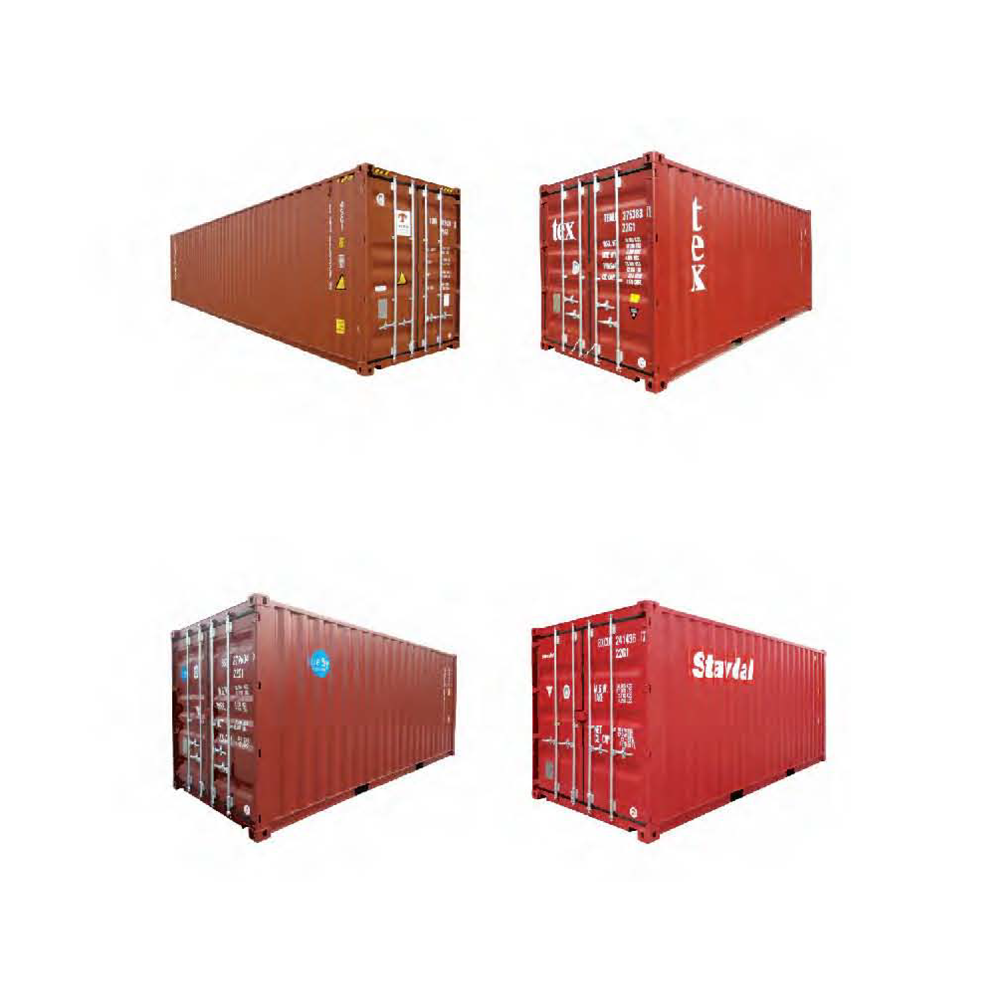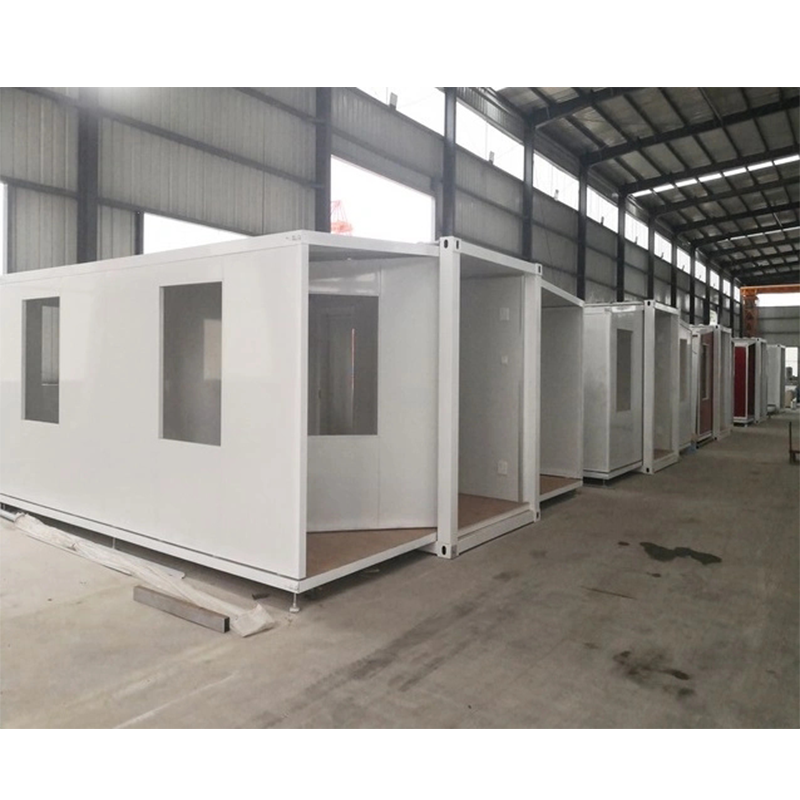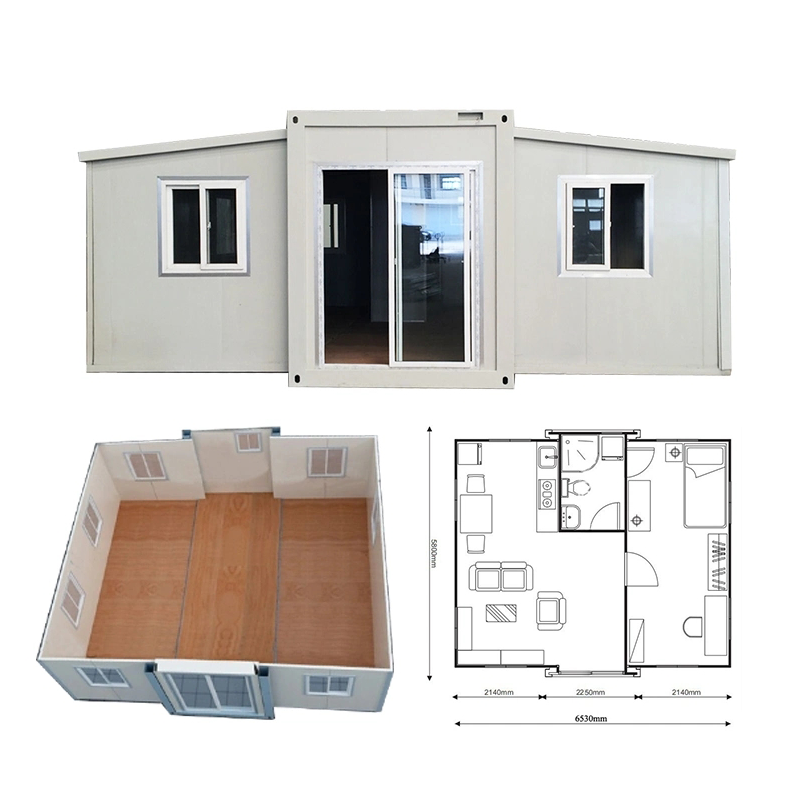Low cost prefabricated house from what to save
Low cost prefab houses have emerged as a viable and practical solution to the global housing crisis, offering a sustainable, efficient, and affordable alternative to traditional construction methods. These prefabricated homes, constructed off-site and assembled on location, address the growing demand for affordable housing while minimizing environmental impact and maximizing efficiency.
At the heart of low cost prefab houses lies their modular construction method. Unlike traditional site-built homes, which are constructed on-site over an extended period, prefab houses are manufactured in controlled factory settings. This streamlined production process reduces construction time, labor costs, and material waste, resulting in significant cost savings for homeowners.
The affordability of low cost prefab houses is further enhanced by their efficient use of materials and resources. Prefabricated components are precisely cut and assembled to minimize waste, while standardized production techniques help to optimize material usage. Additionally, the mass production of prefab modules allows for economies of scale, driving down costs and making these homes accessible to a wider range of people.
Moreover, low cost prefab houses are designed to be energy-efficient and environmentally sustainable. Many manufacturers prioritize the use of eco-friendly materials and energy-saving technologies, such as insulated panels, high-efficiency windows, and renewable energy systems. These features not only reduce energy consumption and lower utility bills for homeowners but also minimize the ecological footprint of the homes throughout their lifecycle.
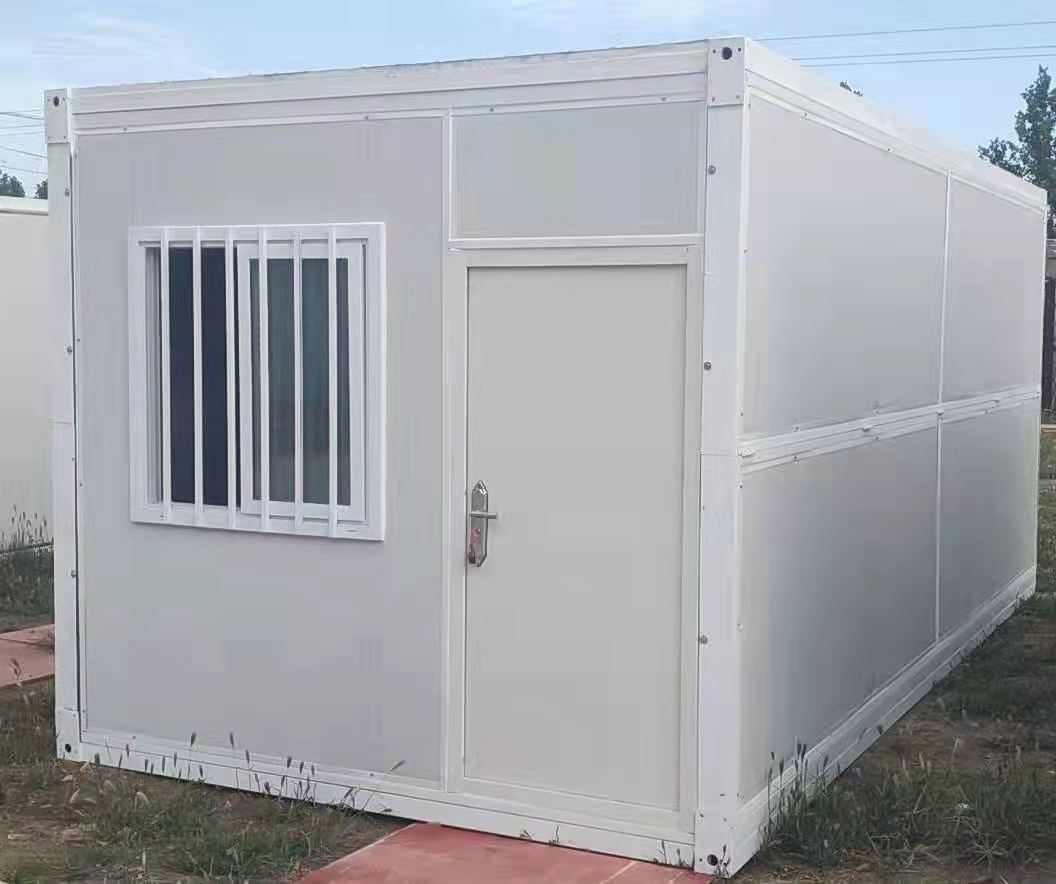
Another key advantage of low cost prefab houses is their versatility and adaptability. These homes can be customized to suit a variety of architectural styles, floor plans, and design preferences. From small studio apartments to spacious family homes, prefab houses offer flexibility in size, layout, and amenities to meet the needs of diverse households and lifestyles.
Additionally, the modular nature of prefab houses allows for easy expansion or reconfiguration in the future. Homeowners can add extra rooms, upgrade finishes, or even relocate their homes to a new site without the need for extensive construction work. This adaptability ensures that prefab houses can grow and evolve with changing needs and circumstances over time.
Despite their many benefits, low cost prefab houses are not without challenges. Zoning regulations, permitting requirements, and site preparation costs can vary depending on location, impacting the overall affordability and feasibility of prefab construction. Additionally, while prefab houses offer cost savings upfront, ongoing maintenance and repair costs should be considered when evaluating their long-term affordability.
In conclusion, low cost prefab houses offer a sustainable, efficient, and affordable housing solution for individuals and families around the world. With their streamlined construction process, energy-efficient design, and customizable features, prefab houses address the growing demand for affordable housing while minimizing environmental impact. As the housing market continues to evolve, low cost prefab houses are poised to play an increasingly important role in providing safe, comfortable, and sustainable homes for people of all backgrounds and income levels.


